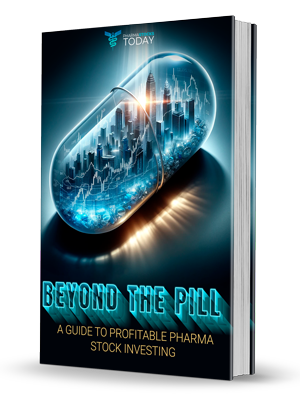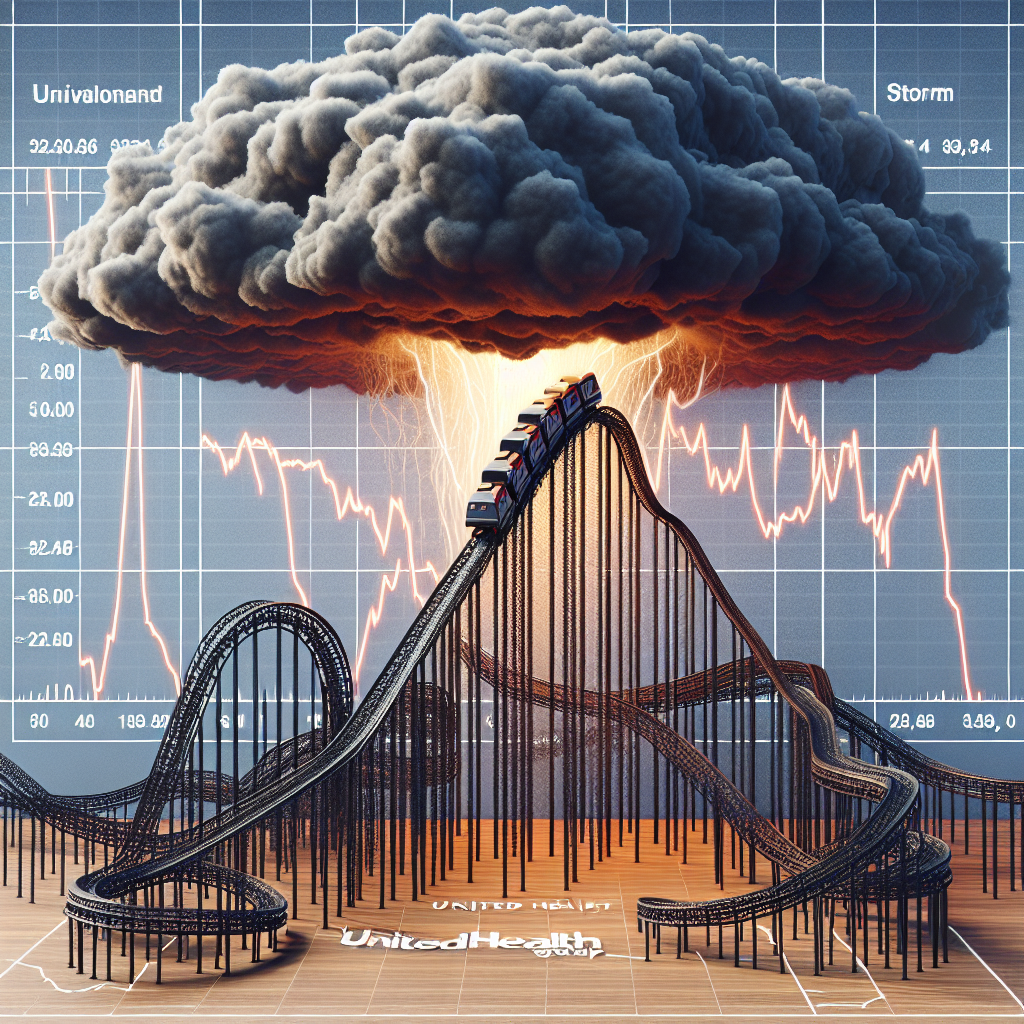Trump’s Tariffs Threaten Big Pharma With Higher Costs and Slimmer Margins
The recent announcement of steep tariffs on imports from Canada, Mexico, and China has created ripples through the pharmaceutical sector, prompting analysts to reassess the potential impacts on major players such as Johnson & Johnson (J&J), AstraZeneca, Novo Nordisk, and Roche. Starting Tuesday, February 4, imports from Canada and Mexico will be subject to a hefty 25% tariff, while those from China will face a 10% tariff. While the official reasoning revolves around addressing a “national emergency” linked to illegal immigration and drugs, the implications for global supply chains and drug pricing require urgent attention.
The Biopharma Landscape Under Threat
Analysts are particularly concerned about how these tariffs would affect biotechnology and pharmaceutical companies as they increasingly look to China as a source of promising new drug candidates. Last year alone, there were 10 licensing agreements forged with Chinese biotech companies—a notable increase compared to previous years. In the eyes of Seeking Alpha analyst Edmund Ingham, this upsurge may be jeopardized as the tariffs fine-tune the financial equation for collaboration.
Gilead’s CFO Andrew Dickinson echoed this sentiment, urging caution in future dialogues with Chinese biotechs. China has emerged as not only a burgeoning partner in drug discovery but also a vital supplier of active pharmaceutical ingredients (APIs) for U.S. companies. The tariffs may catalyze a trend of “re-shoring,” prompting firms to build domestic manufacturing plants, which could reshape the operational landscape for these pharmaceutical giants.
Concerns Over Drug Shortages
John Murphy, CEO of the Association for Accessible Medicines, raised alarms regarding existing drug shortages that could worsen due to the tariffs. He emphasized that the global supply chain for generic and biosimilar medicines is foundational for U.S. healthcare and is already strained. Implementing tariffs on crucial markets could exacerbate these shortages, posing challenges for patient access in the U.S., as indicated by the Healthcare Distribution Alliance.
Impact on Major Pharma Players
Johnson & Johnson and AstraZeneca appear to be particularly vulnerable given their substantial collaborations with Chinese firms. J&J’s partnership with Nanjing-based Legend Biotech for their CAR T therapy, Carvykti, exemplifies their intertwined destinies. In a similar vein, AstraZeneca’s recent $1 billion acquisition of Gracell Biotechnologies further demonstrates these companies’ reliance on Chinese partnerships. Analysts like Ingham have highlighted how these evolving ties could lead to significant ramifications due to the tariffs.
European firms such as Novo Nordisk and Roche are also expected to be affected, considering that these companies manufacture drugs overseas. Analyst Stephen Ayers pointed out that the newly imposed duties will escalate the total cost of goods sold, thereby squeezing profit margins. With the option to offset these costs by passing them onto consumers, companies may inadvertently usher in higher drug prices, potentially curtailing market demand.
Mixed Perspectives on Impact
Despite the prevailing concerns, some analysts, like ONeil Trader from Seeking Alpha, suggest that while European firms may bear the brunt, it is unlikely that Big Pharma as a whole will experience catastrophic impacts. Their geographically diversified supply chains may present them with the agility to adapt to changes posed by these tariffs. Notably, there has been a significant expansion of manufacturing facilities in the United States over recent years, a trend that Trader anticipates will probably accelerate in light of the new tariffs.
Conclusion
The pharmaceutical industry is at a pivotal juncture as the implications of President Trump’s newly announced tariffs become clearer. While firms like Johnson & Johnson and AstraZeneca could be adversely affected due to their reliance on Chinese partnerships, the broader Big Pharma landscape may navigate these headwinds through strategic re-shoring and geographical diversification. The groundwork is laid for adjustments, but the potential for drug costs to rise is a real concern for consumers and health systems alike. In the coming days and weeks, it will be crucial for investors to monitor the evolving dynamics of trade policies and their impact on the pharmaceutical sector, looking for opportunities and risks in this shifting terrain.
















